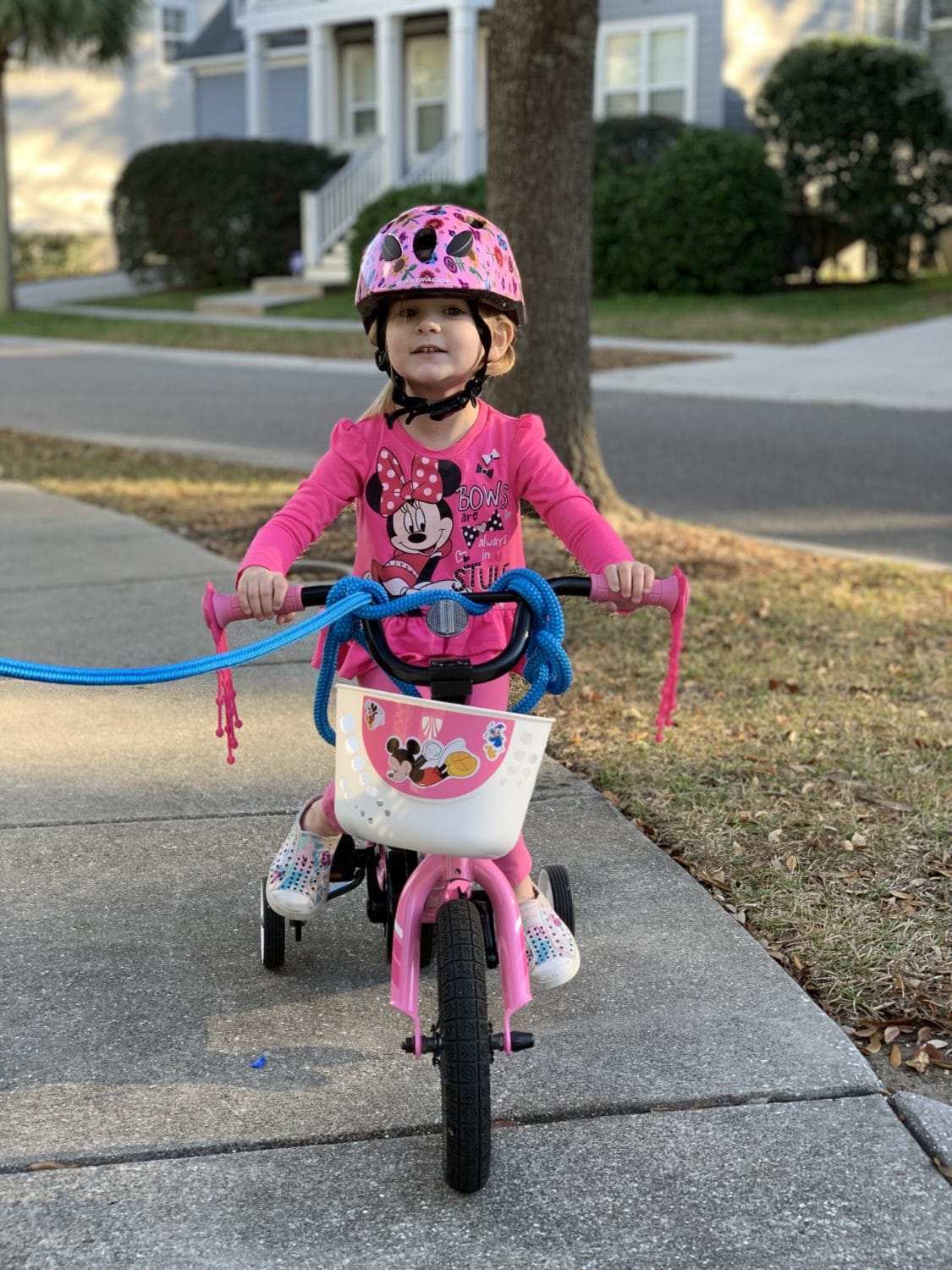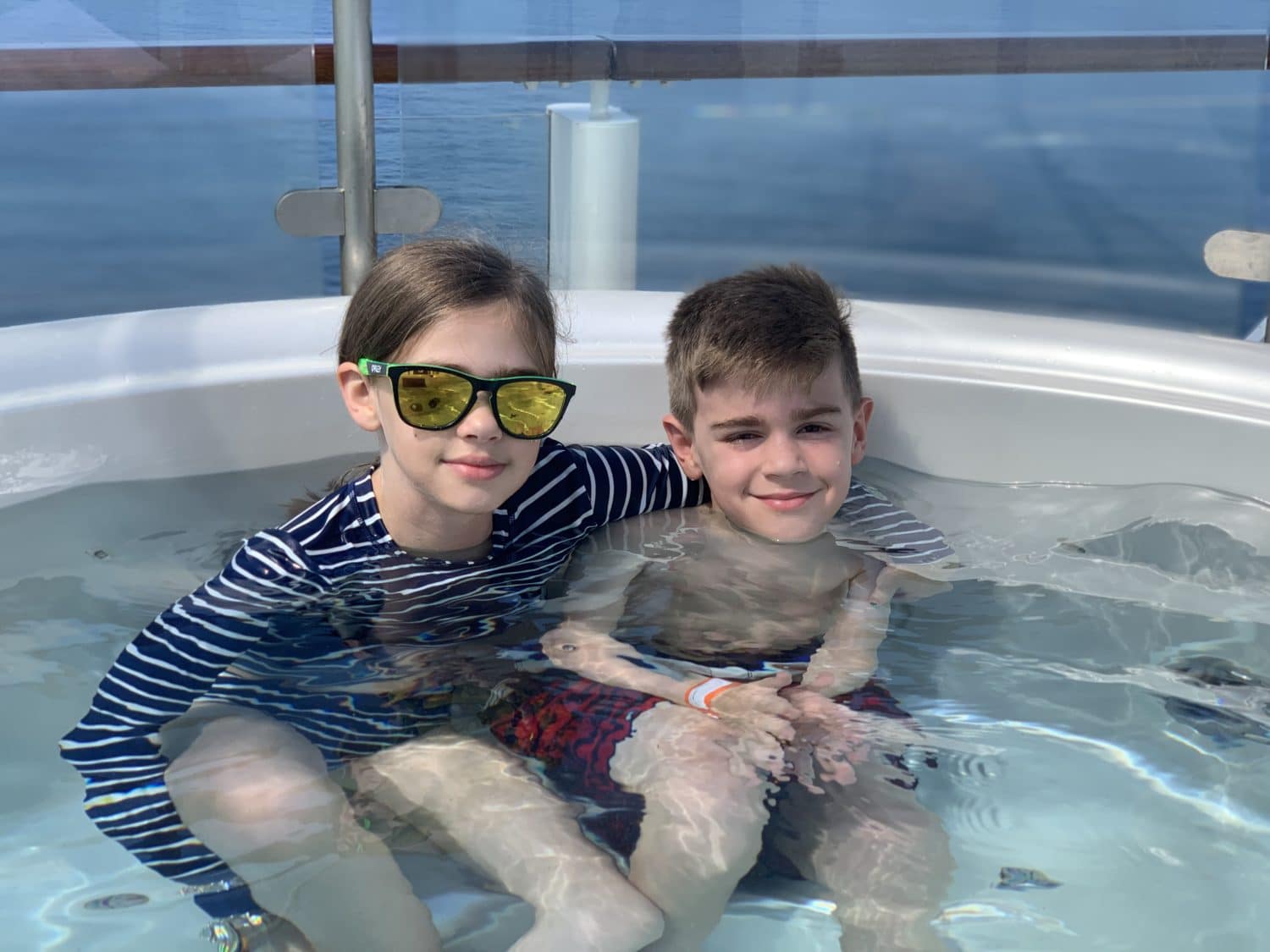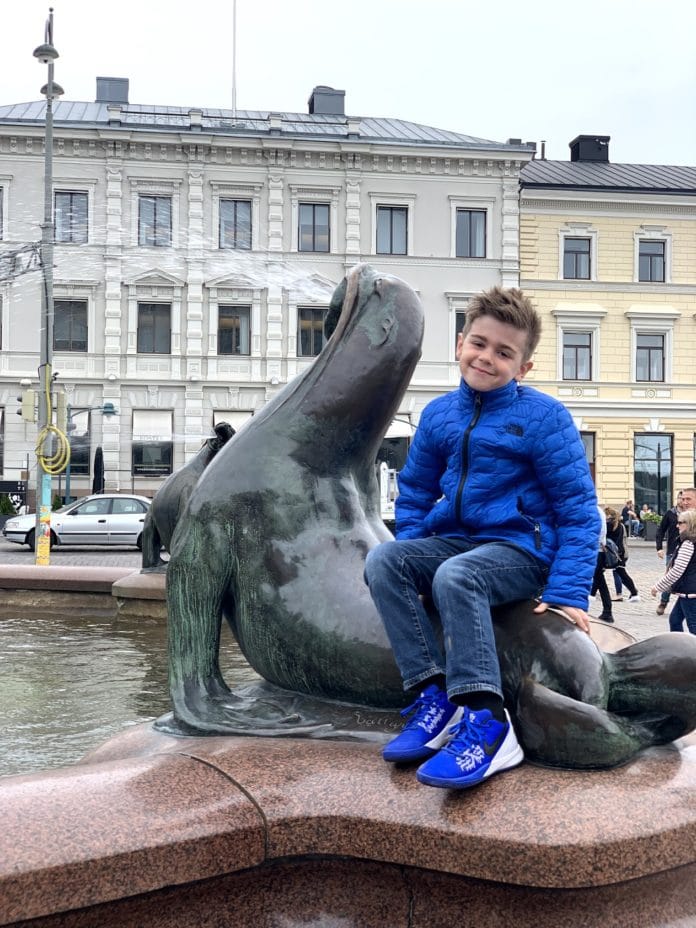In the words of host Suzette Harris, “COVID-19 has really turned 2020 on its head.”
Harris, Media Advocacy Director, Voices for Healthy Kids, was the host of a webinar held by the organization Thursday. The event featured several noted speakers from across the United States with a focus on “Making the Most of Summer: Strategies to Keep Kids Resilient, Learning and Active.”
“We want the best for our kids, whether it’s a summer program or at home,” Harris said.
IMPORTANCE OF PHYSICAL ACTIVITY

Kicking off the program was James F. Sallis, PhD, Director of Physical Activity Research Center and Professor Emeritus, University of California – San Diego. He began by citing numerous reasons for the importance of physical activity among all ages, particularly youngsters, including increased stamina, better sleep and sharper thinking.
Sollis noted that active children learn better. He shared statistics that indicate 20 percent who get at least 60 minutes of physical activity every day are more likely to do better on tests.
He then cited a study conducted by UCSD that featured racial/ethnic variations for 207 youth from low income and diverse backgrounds.
Among the findings, kids are much less active in the summer, with much more screen (TV, computers, phones, etc.) for entertainment as opposed to learning. And no group in the study met the minimum 60-minute daily exercise recommendation at any time of the year, a high point being 47.3 minutes during the school year and a low point of 19.9 minutes in the summer.
MEET THE MINIMUM
“It’s more essential than ever for youngsters to meet these guidelines during a pandemic,” Sollis said. “All of these benefits apply to adults, too.”
However, the study did show that activities youngsters like most were walking, general exercise and running. The place they chose to do it most was around the home, fitting during this time of a COVID-19 pandemic.
“There’s no one way to help kids be more active during the summer,” Sollis said.
He encouraged the organization of group walks – socially distancing and following COVID-19 protocol, of course – along with organizations such as Boys & Girls Clubs, YMCAs and parks and recreation departments help. He also suggested closed street activities, in which certain less-traveled neighborhood streets are shut down temporarily to allow a safe place for children to play.
“These types of opportunities are especially needed in neighborhoods of low incomes,” he said.
KEEPING KIDS SAFE WHILE ACTIVE
While physical activity is important, so is doing so in a safe manner, said Dr. Ben Hoffman, Chair of the American Academy of Pediatrics Council on Injury, Violence & Poison Prevention.
He also stressed that while COVID-19 has created an entirely new set of dangers, “We need to remember the old threats have not gone away.”
And, while he noted, “It’s completely impossible to injury-proof a kid,” homes can always be made safer for kids, especially in times like now when they are home even more.
“Preparation for folks this summer is more important than ever,” Hoffman said.
Hoffman said among children ages 1-4, drowning is a top cause of death.
“They’re built to explore. Water is extremely fascinating to kids,” he said.
He added that most drownings occur when it’s not swim time. To better prevent this, he suggests having a fence with a locking gate around a pool, along with door alarms and pool alarms.
DANGER AT HOME

But drowning does not only occur in a pool, he stressed. Always empty bathtubs before leaving a bathroom. Lock toilets to prevent little ones from getting into them. Life jackets, which he strongly suggested, should be Coast Guard-approved. He said “floaties” should be considered nothing more than toys.
He strongly recommends swim lessons. However, he said, “This is going to be a difficult summer to learn to swim because of the pandemic.”
The dangers go beyond water, however. Hoffman said there has been an increased amount of calls to poison control centers because of children being indoors more. He suggested locking boxes and bags and looking under the sink and laundry area for other toxins.
In addition, he noted that dressers and bookshelves be anchored to walls in case a youngster could try to climb them. Windows should have a guard or lock that prevents them from opening more than 4 inches, especially if not on the first floor.
Firearms should also always be stored away and locked.
SUMMER LEARNING PROGRAMS
“Even before COVID-19 far too many kids were left behind,” said Jodi Grant, Executive Director for Afterschool Alliance. “Now, with COVID-19, I think summer learning programs are more important than ever.”
Grant said in this age of images on TV such as killings, cities on fire and people being tear gassed, it is critical for youngsters to have learning opportunities to which they can turn. And in an effort to make certain more of this happens, she noted that several programs are regularly checking in on youngsters, even making “porch visits.”
She spoke of a school district in Alaska that features an eight-week program in which kits – each with a specific theme – are delivered to students. They can then connect via Zoom.
Grant said if parents and educators start by leveraging each community’s resources, they can create a unique ecosystem designed for kids’ learning opportunities. A key part of this is parents speaking up, she said.
“Parents need to let schools and after-school programs know what they need and what makes them comfortable. Parents need to speak up and express concerns.”
PREPARING TO REOPEN
While it is summer now, school will be reopening at some point. When that time comes, it is imperative that schools be ready. Laurie Stradley, DrPH, Chief Program Officer, Alliance for a Healthier Generation, believes they will be, thanks to a group of heroes within.
“Just behind our healthcare workers are our educators, all of the adults who support our children in a school environment,” she said. “We must ensure we are ready to meet our children’s emotional and educational needs in a time of great trauma.”
To help this happen, she stressed managing the physical and mental well-being of educators, dedicating resources for equitable and diverse classrooms, educators developing strong relationships with parents, and creating an intentional post-COVID strategy to focus on emotional health.
Also, a major factor is listening to the experts, doing all the things required during COVID-19 protocol.
“Risk-relation is a goal. It will never be truly eliminated,” she said. “We can find ways to safely help children return to school.”
Hoffman added, “There is a huge need to get kids back where they can learn, but the devil’s in the details, and we have to do it safely.”













